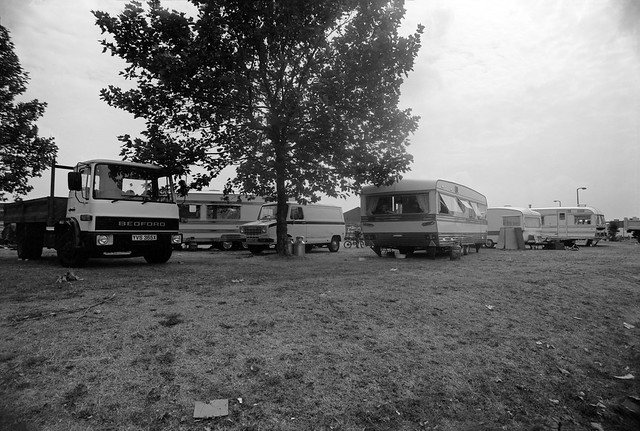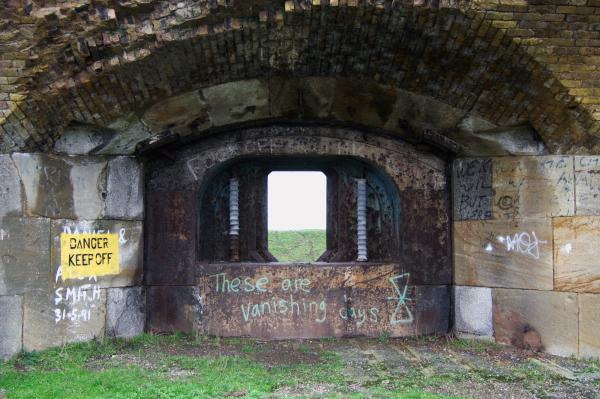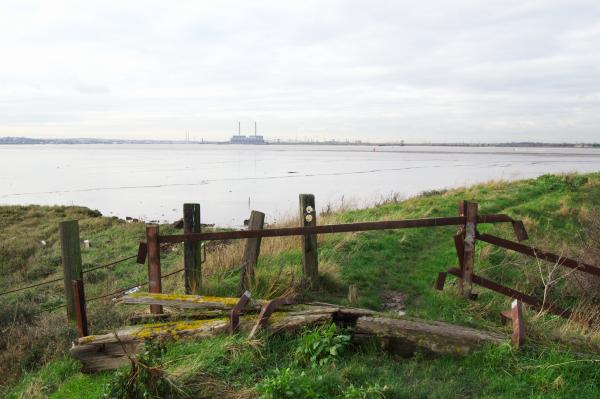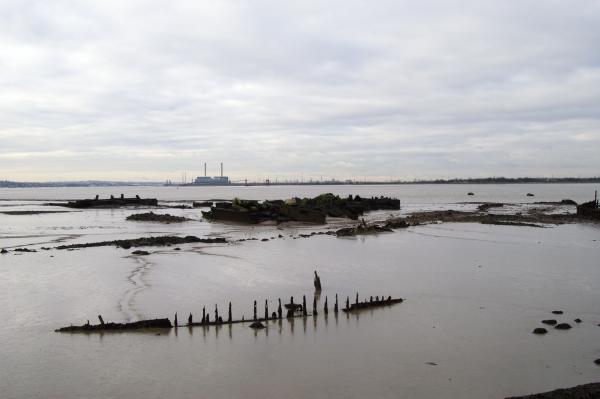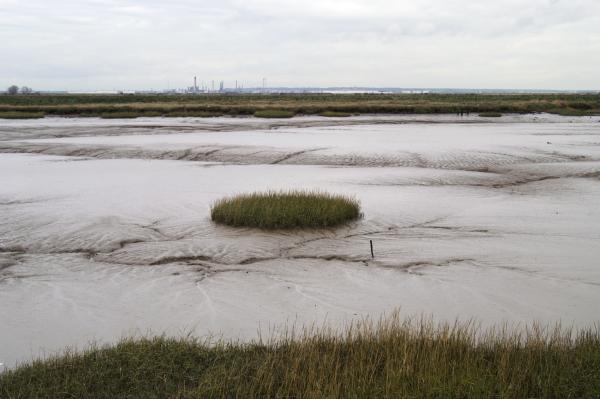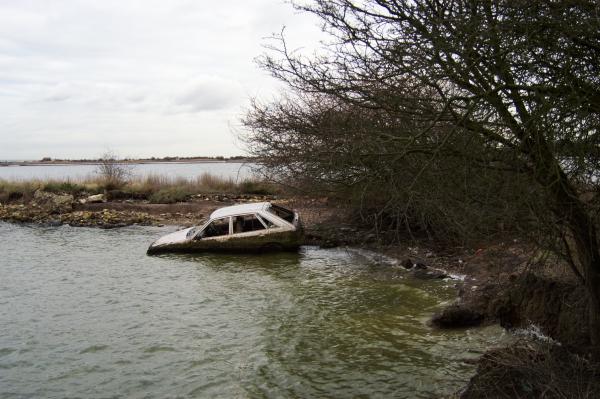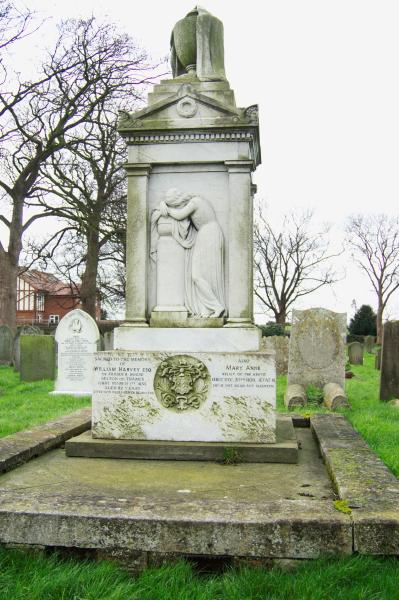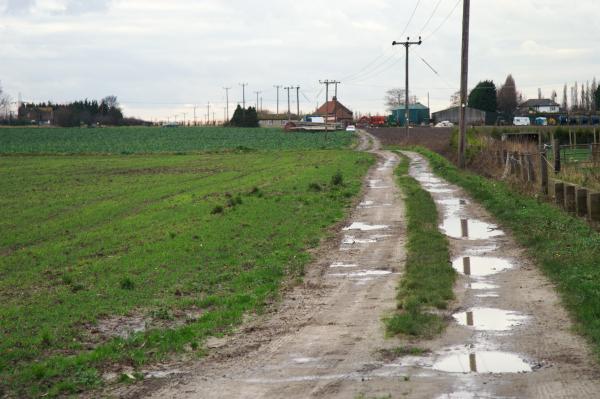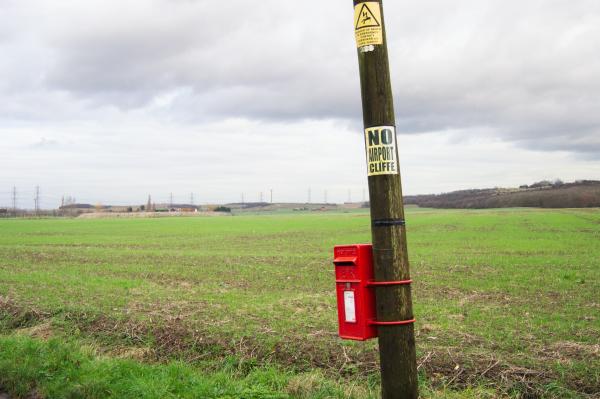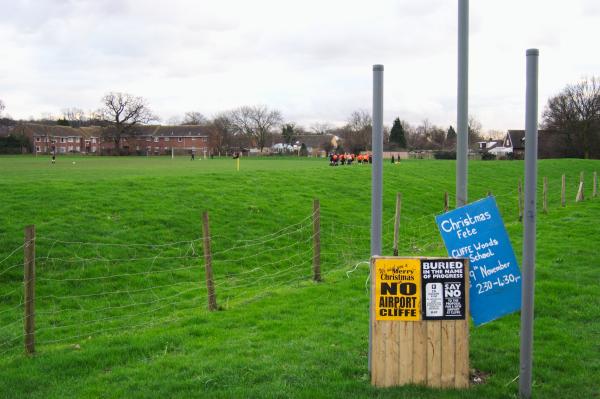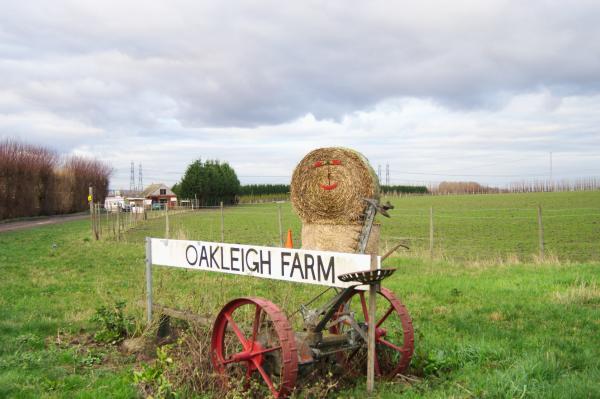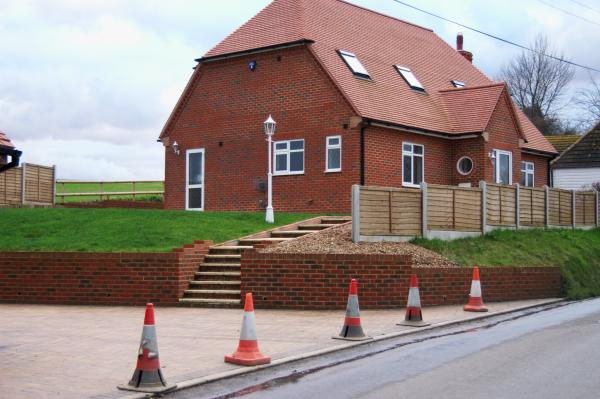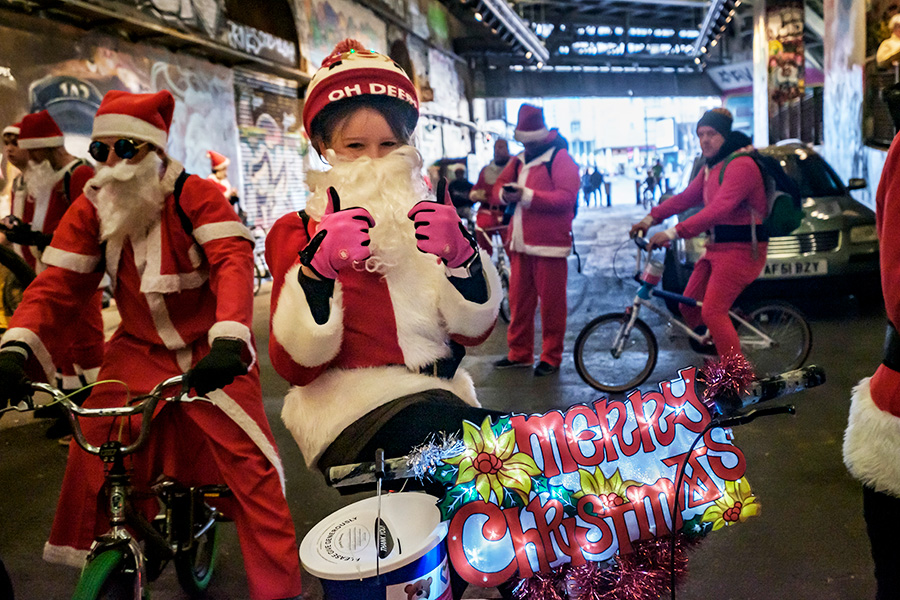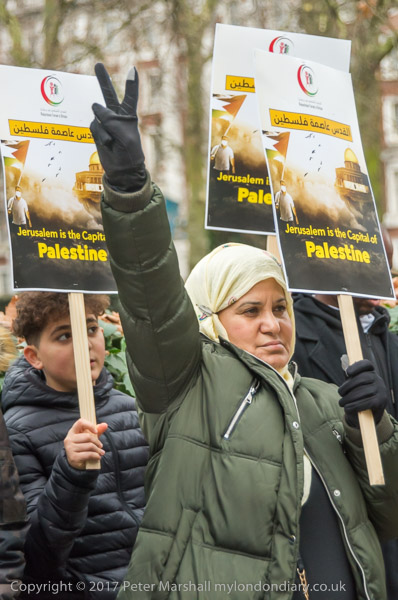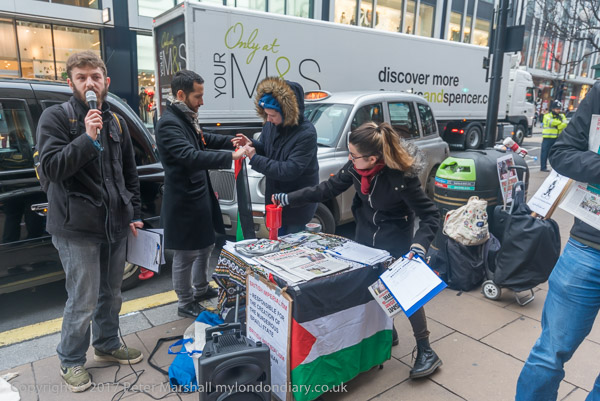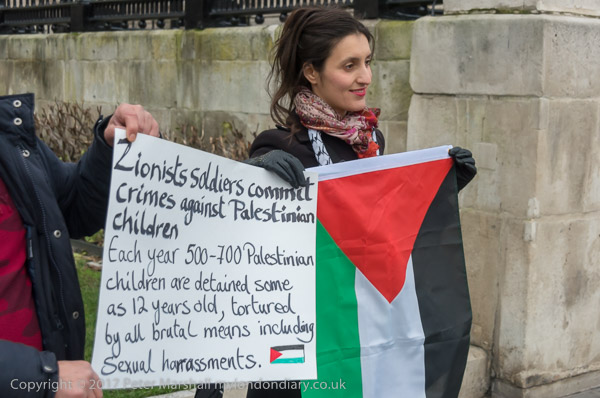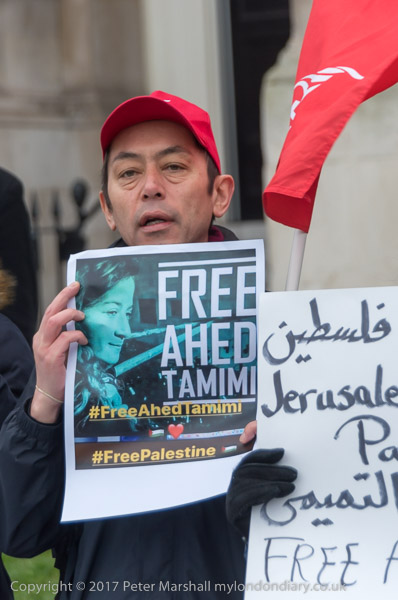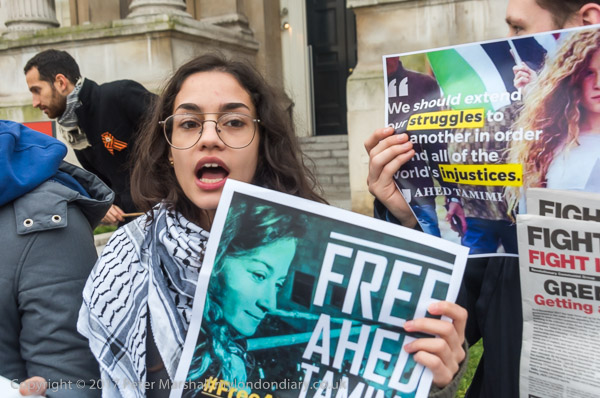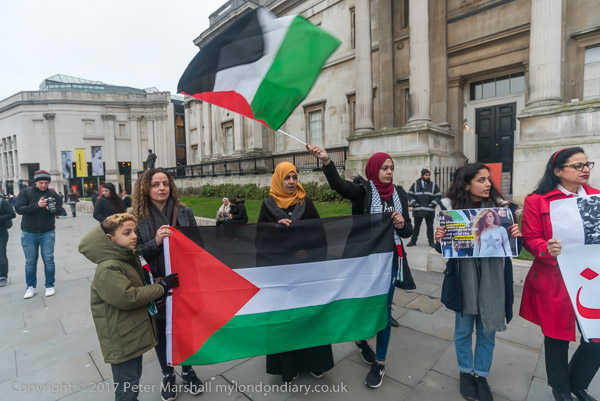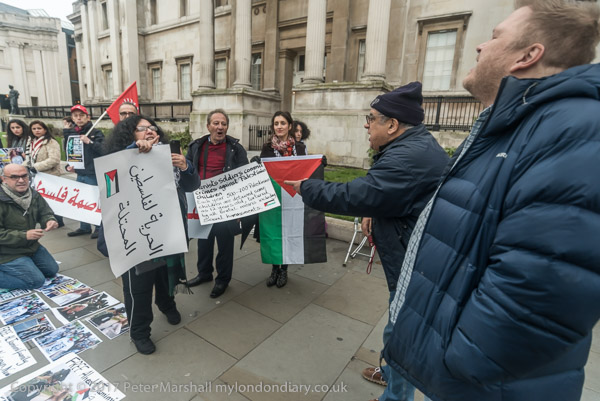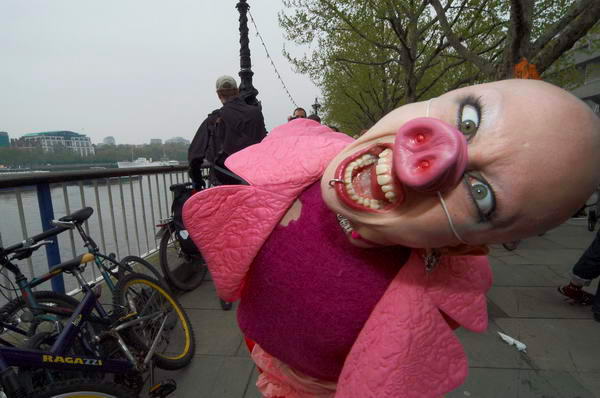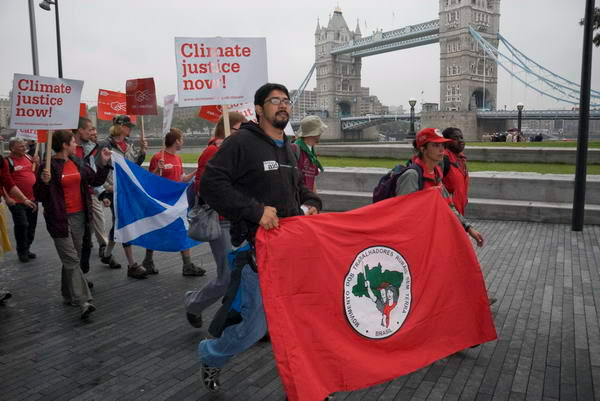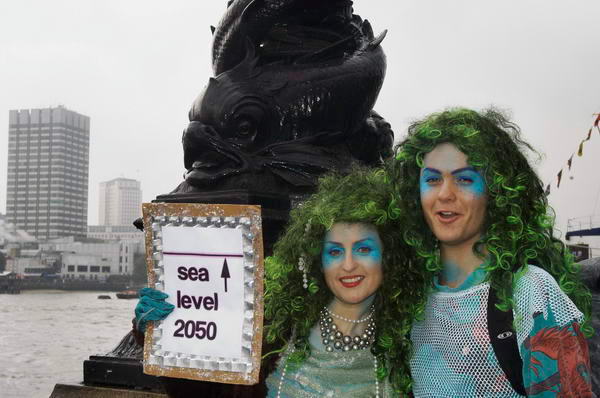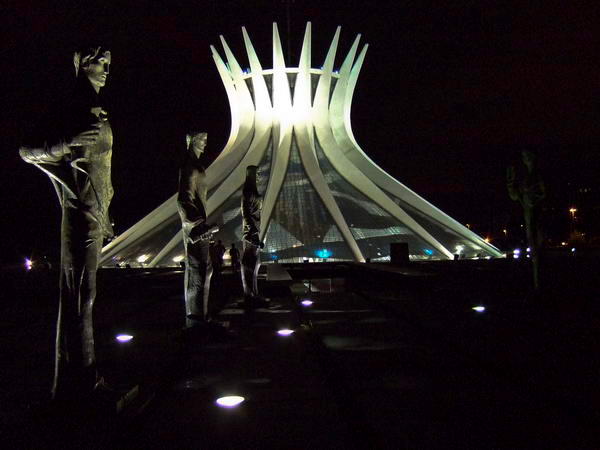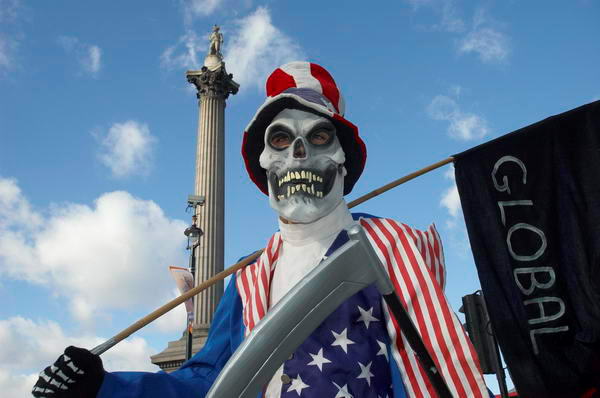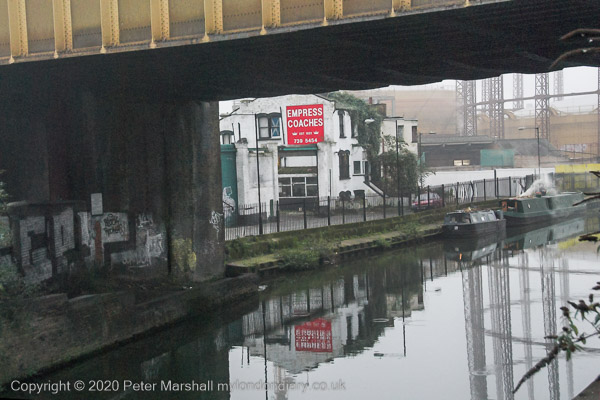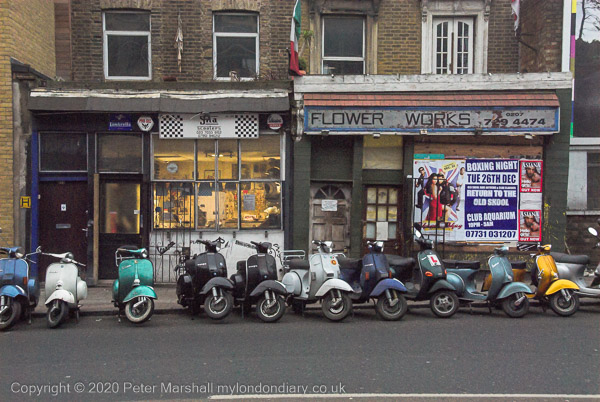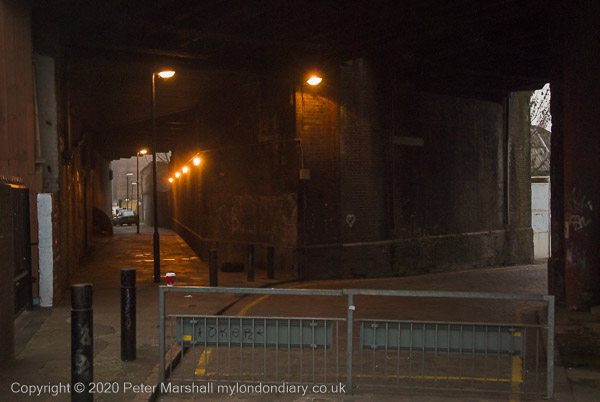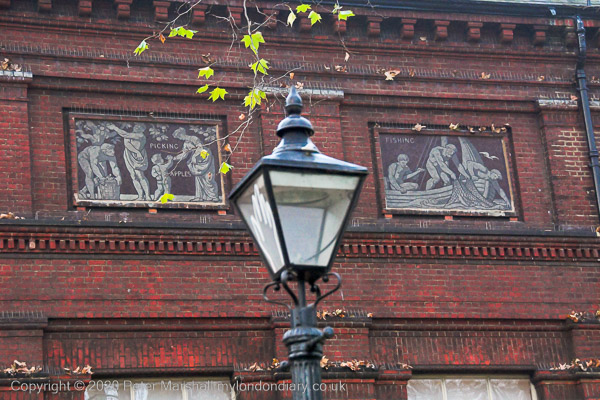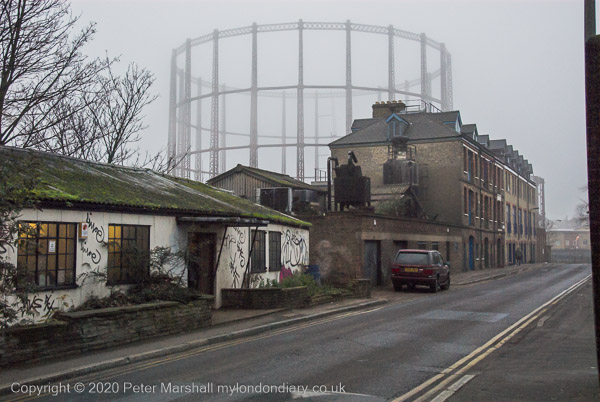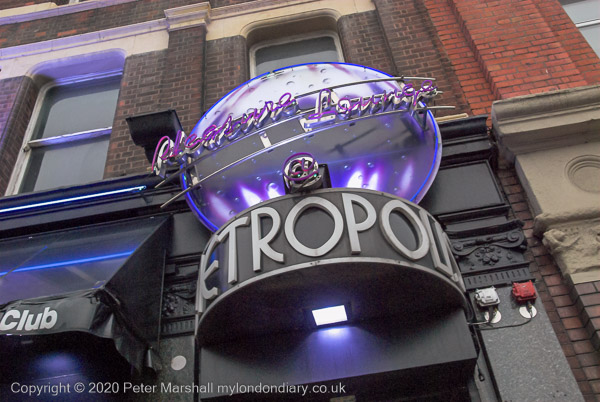Magnum holds a hugely important place in the history of photography, and many of us grew up with a concept of photojournalism that was largely based on its founding photographers, Robert Capa, Henri Cartier-Bresson, George Rodger, William Vandivert and David “Chim” Seymour (three of whom only heard about it after the meeting in Paris.) From the start it was a co-operative and importantly the photographers retained copyright, and they divided up the world between them.
Magnum of course flourished and grew, but retained its basic structure, owned and administered entirely by it photographer members, employing staff to support them. As well as the full members who are shareholders and vote at its annual meetings, there are also nominees, associates, contributors and correspondents who have no voting rights. A Wikpedia article gives more details, and includes the sentence which is perhaps relevant now, “No member photographer of Magnum has ever been asked to leave.”
I don’t know how complete the list of members (of all grades) on Wikipedia is, but it names over 130 photographers, many now deceased or withdrawn from Magnum, almost all of the familiar names, and including many of the best-known photojournalists of the last 73 years. Among them is American photographer David Alan Harvey, active since 1993 and a full member since 1997.
Magnum began with five male photographers, though both the Paris and New York office heads were women (Maria Eisner in Paris and Ruth Vandivert in New York) and among those in the members list only around 20 are women. It could be seen as a photographic ‘old boy’s net’ and perhaps its structure and membership have both contributed to the current controversy over both some of the work available in its digital archive and its perhaps sluggish response to allegations of sexual abuse.
As Kristen Chick points out in her special report, Magnum’s moment of reckoning in Columbia Journalism Review, it was only in 2018 that Magnum issued a code of conduct for its members in 2018 while in the same year boasting that it had not received a single complaint against any of its photographers.
Chick’s article rapidly disposes of that assertion, pointing out that complaints had been made nine years earlier over inappropriate behavior by David Alan Harvey but that no action was taken by Magnum until a scandal broke on the web. In August 2020 Fstoppers reported that Magnum was selling explicit photographs of sexually exploited minors on its website, including pictures taken by Harvey in Bangkok in 1989; this led photojournalist Amanda Mustard to tweet “alleging that sexual misconduct allegations against him were an open secret in the industry.”
Chick’s report goes into some detail about the allegations made by eleven women against Harvey, and also what appears to be a very inadequate response by Magnum. The exploitative photographs were withdrawn from their web site but apparently remain available through other suppliers, and although Harvey was suspended and an inquiry launched into his behaviour, the report demonstrates that it and Magnum have failed or refused to listen to women making complaints.
And perhaps rather surprisingly, although Magnum proudly claimed it had drawn up a code of conduct for members, it refuses to make this public.
Do read the full report at Magnum’s moment of reckoning in Columbia Journalism Review.
Shortly after I wrote this last Tuesday (22nd Dec) Magnum issued a statement that they were “deeply upset to read the allegations about David Alan Harvey that have been reported in the CJR” and that they “will immediately investigate them and consider the appropriate action.”
What this omits is any mention of the several allegations that Magnum failed to investigate earlier that are mentioned in the CJR report, and the apparent shortcomings in the investigation that resulted in his clearly inadequate one year suspension.
According to the report, Harvey’s behaviour over several decades was widely known among other photographers, and Magnum is an organisation run by its photographers; it seems more than likely that at least some of the other members were aware of it – yet nothing was done before the organisation was forced into action by the furore in August 2020.







